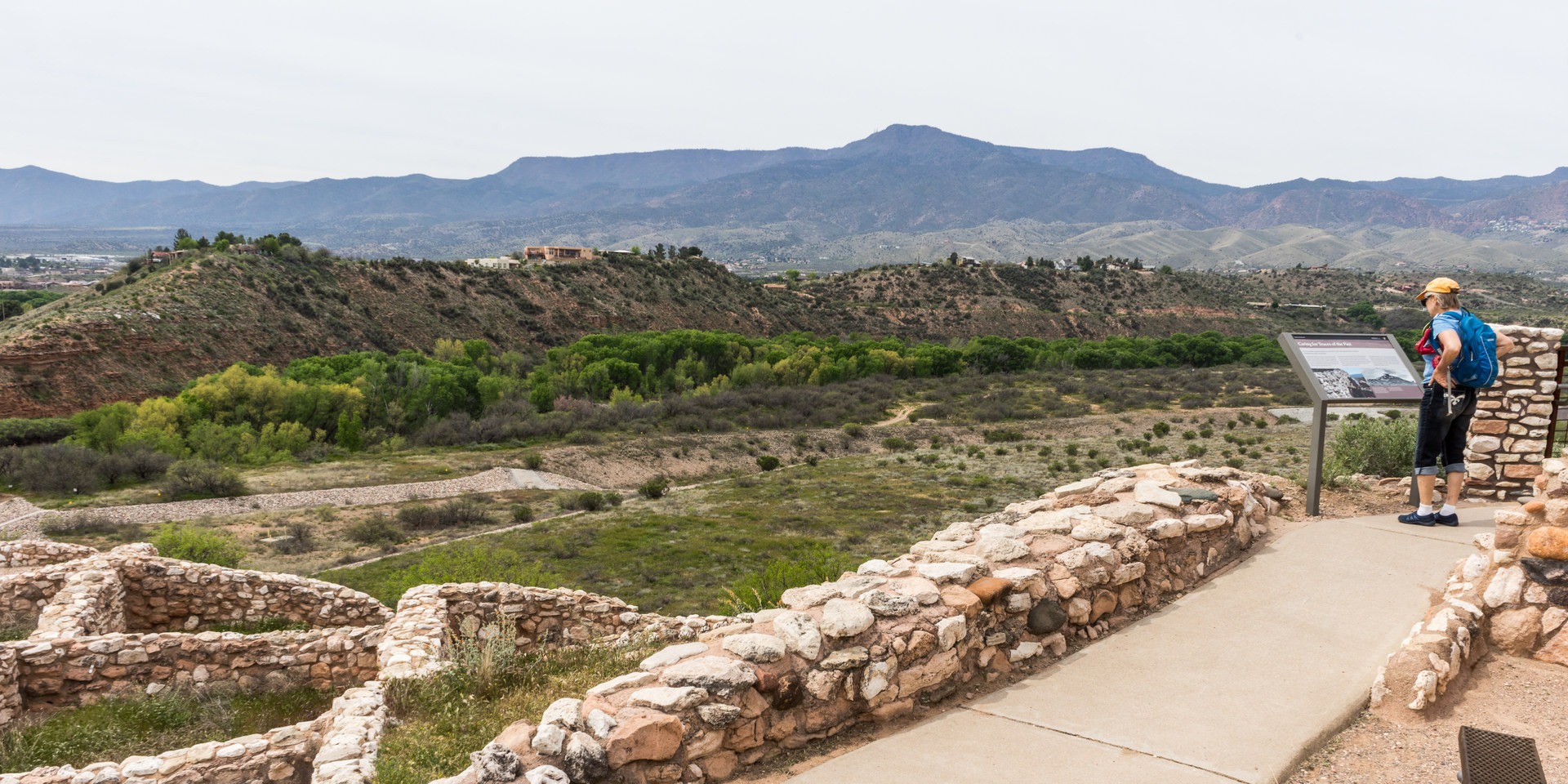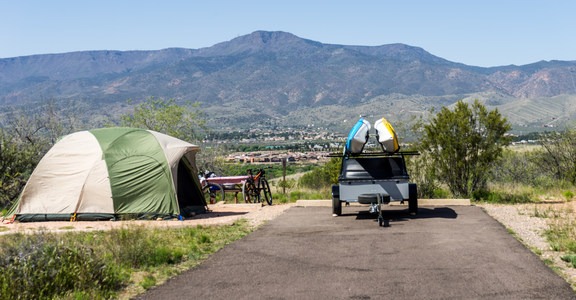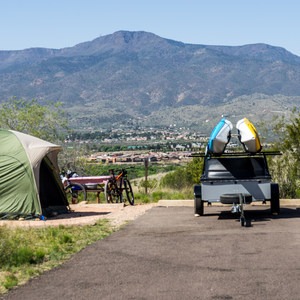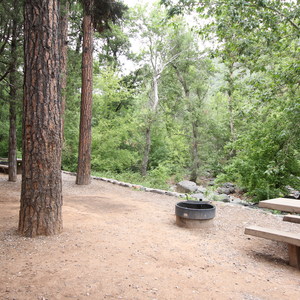You are here
Pets allowed
Allowed
Guided tours
No
Backcountry camping
No
Lodging
No
Please respect the outdoors by practicing Leave No Trace. Learn more about how to apply the principles of Leave No Trace on your next outdoor adventure here.
Nearby Lodging + Camping
Dead Horse Ranch State Park
Central Arizona, Arizona
Red Rock District, Coconino National Forest































Comments
Sign In and share them.